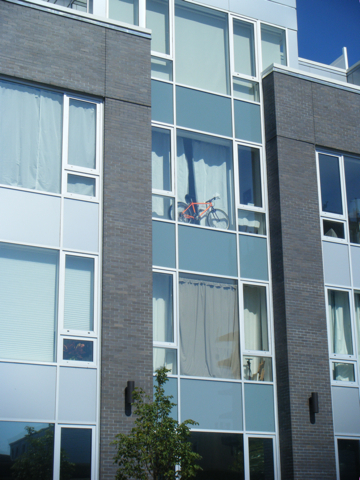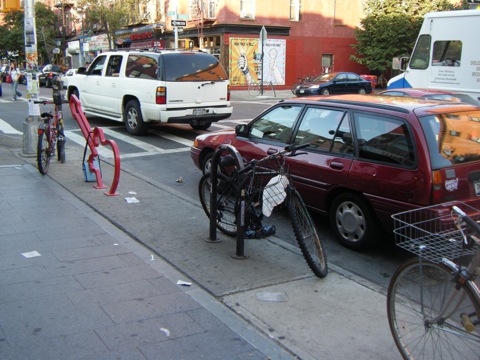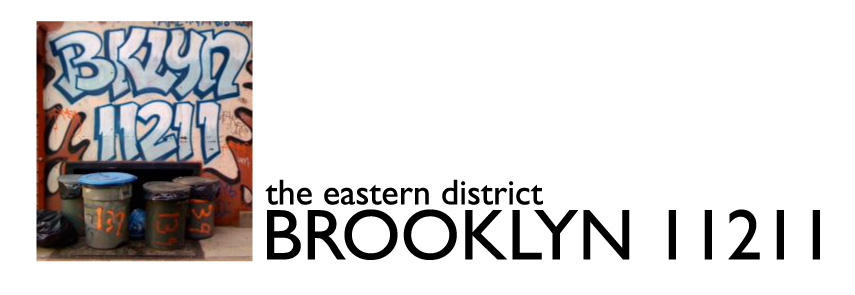No Pies ‘n’ Thighs until December.
(via The Driggs.)
Depressing News
John Leaves a Message
McCain’s voicemail to Sarah Palin.
(Via DF.)
Making Book
Ask and you shall receive: yesterday I wondered what the over/under was on Palin’s nomination surviving to Election Day. Today, Intrade has a line on it. The odds are pretty long at this point – traders are giving her an 86% of staying on the ticket through 4 November.
But given the substantive revelations of the past 48 hours, this may be a smart bet to take. Putting aside issues that really don’t address her qualifications and state of mind (beauty pageants, teen pregnancy, DWI arrests), in the past two days we have learned the following: Palin lied about her opposition to the Bridge to Nowhere; was barracuda when it came to raking in earmarks for the town of Wassila (thanks in part to the Abramoff-connected lobbyist she hired); has tried to fire at least three employees for lack of loyalty; was a director of the 527 group created by muck-master Ted Stevens; and has a spouse whose former political party declares its hatred for the government and flag of America and actively pushes for secession. For good measure, Palin has also claimed international experience by virtue of a refueling stop in Ireland.
This is by no means an exhaustive list.
At this point it is clear that John McCain’s vetting of Sarah Palin consisted of a Google search that probably didn’t go past the first page (may they clicked on “I’m Feeling Lucky”). McCain talked to the woman for a total of 20 minutes before deciding to put her a heartbeat away from the presidency. This is how he handled the most important decision of his presidential campaign – really, the first major executive decision in his political career.
John McCain doesn’t care about governing; he only cares about being president. That’s not putting country first.
Last Show
The end of a (three-year) era at McCarren Pool.
Apparently the “hipsters” aren’t looking forward to swimming there: “most said that they thought the pool would be too dirty”. Seriously, most of the “hipsters” interviewed said this? How many is most?
Palin: Over-Under?
Is there an over/under on how long Palin’s candidacy will last?
And with new evidence coming out on an hourly basis that McCain didn’t do the most basic vetting of Palin, how much longer will we have to hear about his superior “experience”? In the “most important decision of his candidacy”, McCain decided to shoot from the hip. He rolled the dice. If this is how McCain would operate as president (and there is every reason to believe that it absolutely is how he would operate as president), we should all be losing sleep at night.
John McCain forgot the most important qualification for a VP: do no harm. He went for the pander trifecta (the base, blue collar voters and women) with a nominee whom he had met for less than 20 minutes.
I said it before and I’ll say it again – I’ll take judgement and discretion over experience.
Bike Rack

At Seven Berry, evidence of what happens when luxury condos are built without bike racks balconies.
On a related note, Seven Berry is yet another example of the folly of glass houses. Most of the units on the upper floors facing Berry look to be occupied, and they are hodgepodge of window treatments. This was clearly not the look the architect intended – renderings of these buildings always show luminescent glass boxes, with people living fabulous lives for all to see. Of course few people are capable of living a life for all to see, so people put up curtains. Mies van der Rohe got it right at the Seagram Building – everyone gets a venetian blind with three positions, up, middle and down.
At the ground floor, they have opted for mirror glass. This too is not an elegant solution.
(To be fair, this photo was taken in the late morning, when the sun is pretty harsh on this side of the building.)
La Bouillabaisse
La Bouillabaisse has reopened (yet again), in Red Hook this time. I never went to the Carroll Gardens version, but the Atlantic Avenue original was great (I’m talking early to mid 1990s – by the late 90s it had changed ownership and it was decidedly not great). I hope that’s what they’ve recreated.
Trying to Revive Manufacturing In Brooklyn: A Futile Cause
Dennis Holt, in the Eagle, thinks that trying to save good jobs in Brooklyn is a lost cause. His main point is that the Brooklyn waterfront is not going to rise again as a industrial powerhouse – you know, containerization and all that. And he has a point. But only up to a point.
In the first place, we have seen that containerization is viable on the Brooklyn waterfront (at least in Red Hook, and on a far more limited scale that it ever will be on the Jersey waterfront).
Second, we are beginning to see that some of the discarded waterfront uses actually served an important civic purpose. I’m talking in particular about graving docks and dry docks, which, it turns out, we actually need more of. Too bad the best graving dock in the metro area was filled in for Ikea. Two years after the fact, and that move is already looking pretty short-sighted (the more so because Ikea and the graving dock could have existed side by side).
Third, and most important, the plight of industrial Brooklyn is not the plight of the waterfront. Despite decades of hemorrhaging jobs, Brooklyn still has a very active and vital industrial base. These jobs tend not to be on the waterfront, but rather in the neighborhoods immediately adjacent to the waterfront (Williamsburg, Greenpoint, Navy Yard, Wallabout, Red Hook, Sunset Park – not to mention Maspeth and Long Island City across the creeek). Perhaps that is a vestige of the historic waterfront access, but it is also very much a tribute to the exceptional transportation network in NYC – both excellent truck access to the Manhattan market and a first-class mass transit to bring workers to work. These jobs tend to be better paying, and at a range of skill levels. They also tend to attract local workers, bringing stable employment, good pay and good benefits to low-income neighborhoods.
With all the recent rezonings, businesses are caught in a double squeeze. Residential rezoning on the one side makes industry unaffordable (in the rezoned areas of Williamsburg and Greenpoint, there is practically no industry left). On the other side, the remaining industrial zones are becoming prime territory for complying, non-industrial uses precisely because they are next door to burgeoning residential areas. I’m talking here about clubs, boutique hotels, bowling alleys and the like (yes, I’m looking at you Bushwick Inlet – but the same thing is happening in Bushwick and East Williamsburg). These businesses drive up the cost of industrial space because they can pay twice as much per square foot as the industrial users.
When this happens, the jobs don’t disappear, they just move somewhere cheaper. In this case, somewhere cheaper is often New Jersey, sometimes Long Island City or Sunset Park. This, in turn, puts local residents in their own double squeeze. On one side, good paying low-skill jobs are are moving out of the neighborhood. They may be replaced by service jobs, but those tend to be less secure, pay less, and come with fewer benefits. On the other side, as the formerly industrial areas around them rezone to residential and get built up with luxury condos and the like, there is a secondary displacement in the surrounding residentially-zoned areas. Rents go up, harassment goes up. The affordable housing that comes with the rezoning is supposed to solve this, but it is a drop in the bucket compared with the formerly affordable units that are being lost.
So yes, Brooklyn’s waterfront probably has better (and certainly more profitable) uses than industry. But Holt misses the boat when he equates industry with the waterfront and extrapolates that to say that industry in Brooklyn is not viable. It certainly is viable, its just been pushed to the edge of extinction by rezonings and other forces. And its not just factories and jobs moving to New Jersey. In the process of deindustrializing Brooklyn, we’ve exacerbated the forces of displacement on the residential side.
A Noun, A Verb and…
John McCain (who is not a celebrity) appeared on the Tonight Show for the 13th time last night. In response to jokes from Jay Leno about McCain’s inability to remember how many houses he owns, McCain (reluctantly, I’m sure) responded by talking about his five years as a prisoner of war in Vietnam.
Hipsters Just Don’t Get It

As you’ve no doubt heard, David Byrne has designed a host of location-specific bike racks for the sidewalks of NYC. Williambsburg is Dead is not impressed, and based on field observations this evening, he clearly speaks for his generation.
This is the Williamsburg bike rack, on Bedford and North 6th Street. Note the bicycles chained to the parking meters (far left and far right). Note the bicycle chained to the traditional bike rack. Note the lost and found hanging from David Byrne’s bike rack. Clearly, the locals don’t know what the hell this is for. And this in the most bicycle-centric neighborhood in the city, where people will chain a bike to anything.
But its not just the kids. I’ll confess that I don’t exactly get the David Byrne bike racks either. And this from someone who bought most of the Talking Heads albums when they were originally released (starting with More Songs). Yeah, I get the big idea – this is art promoting bicycling. Its location specific, so I get why Wall Street has a dollar sign bicycle rack. But why does Williamsburg have a Guitar Center logo for a bicycle rack?
